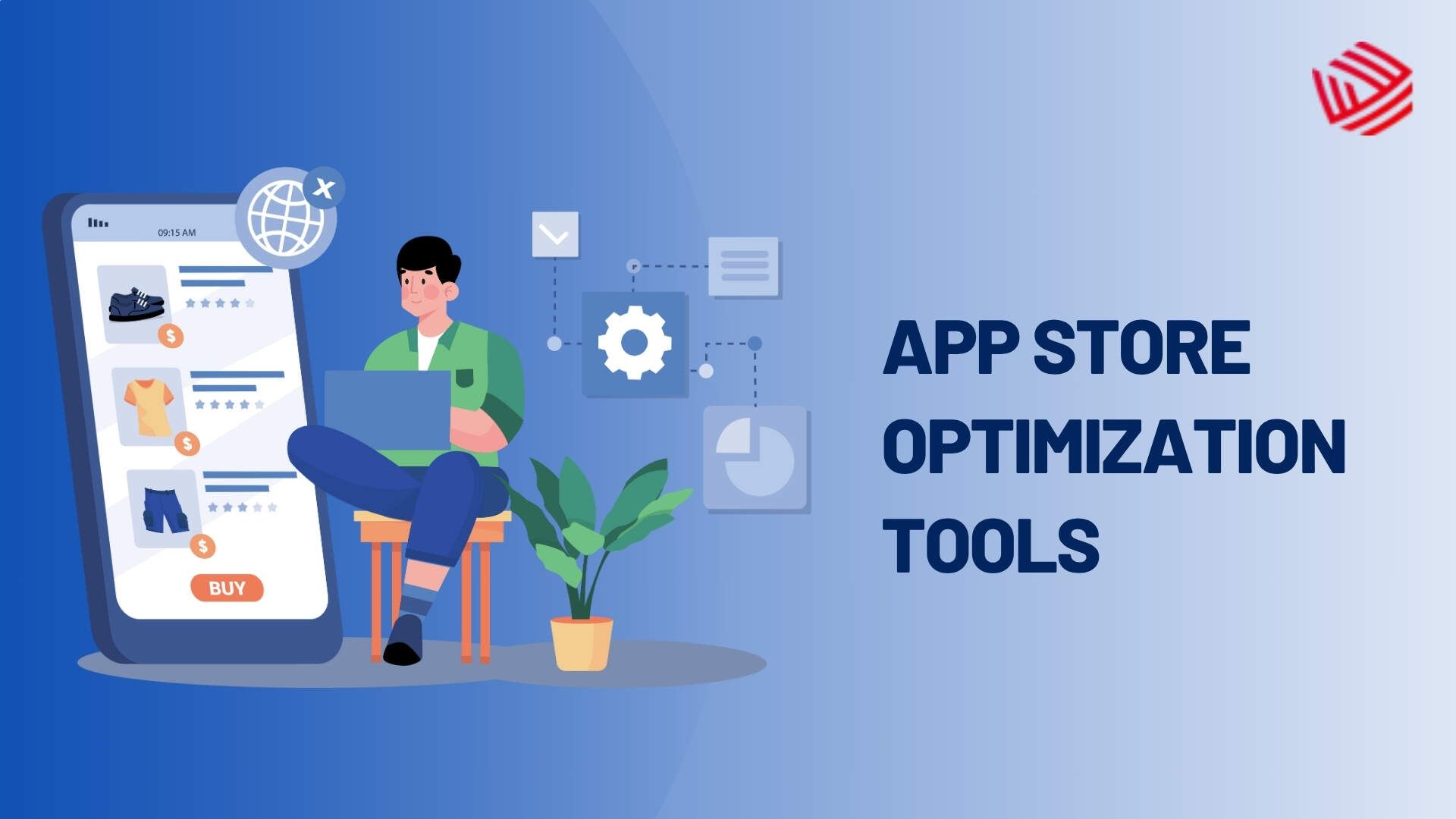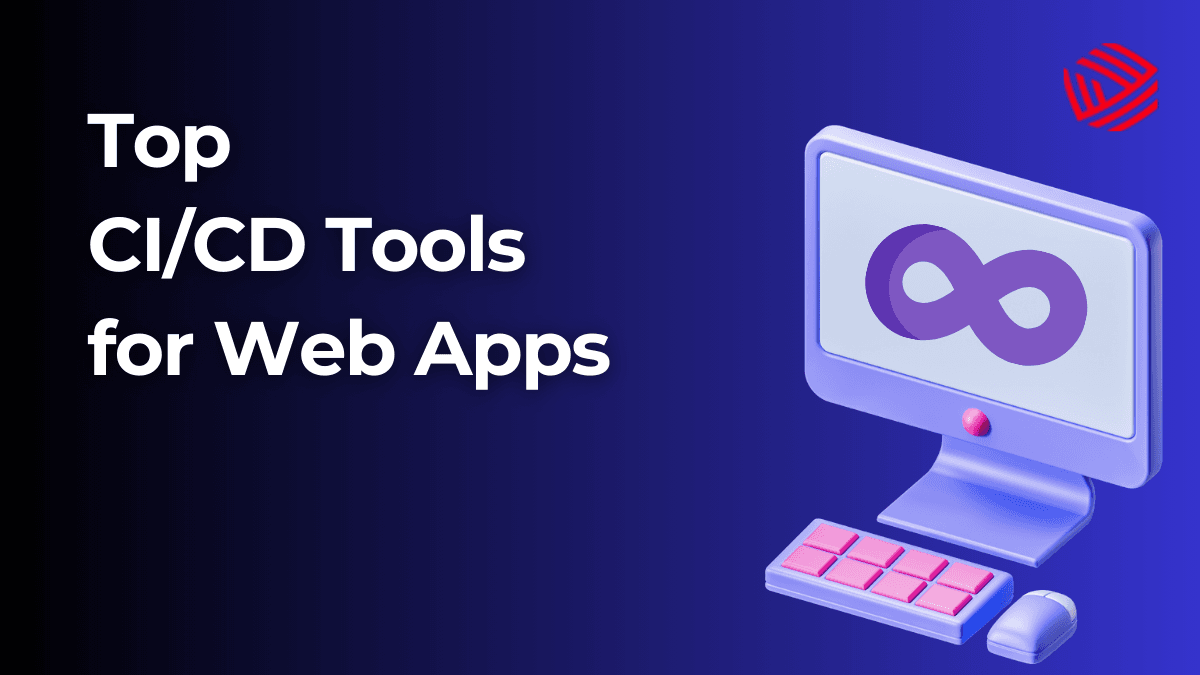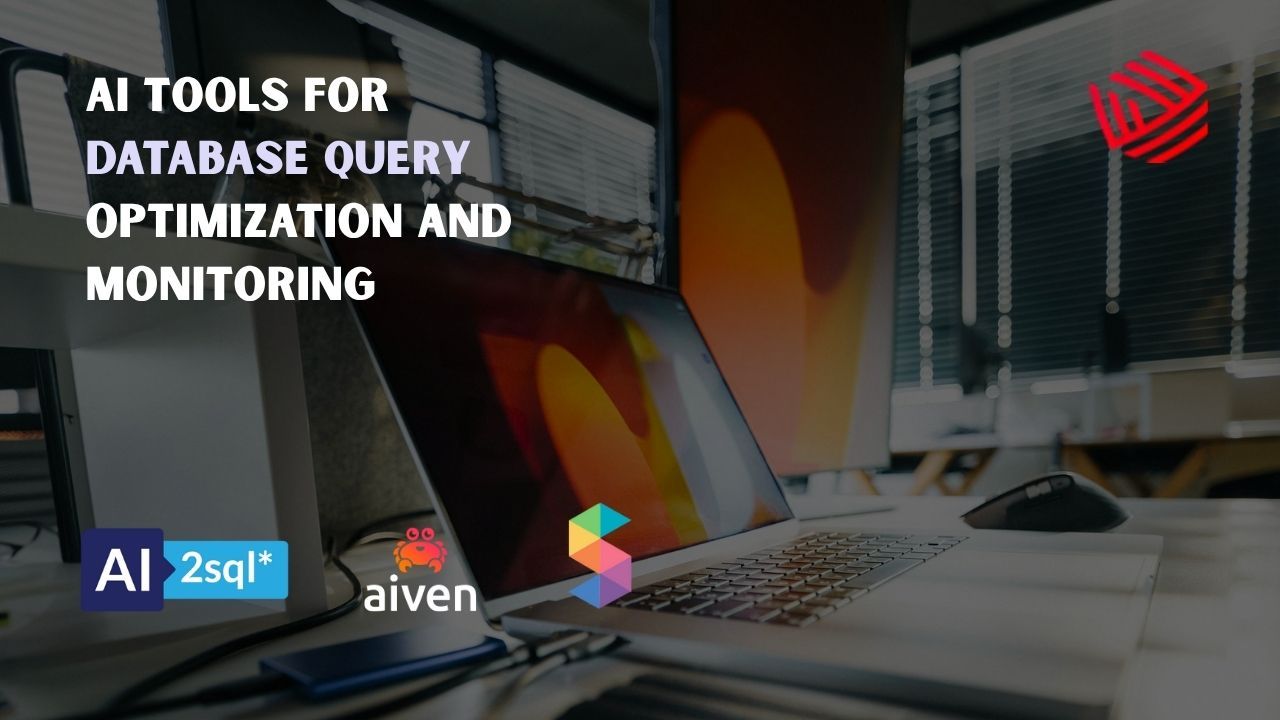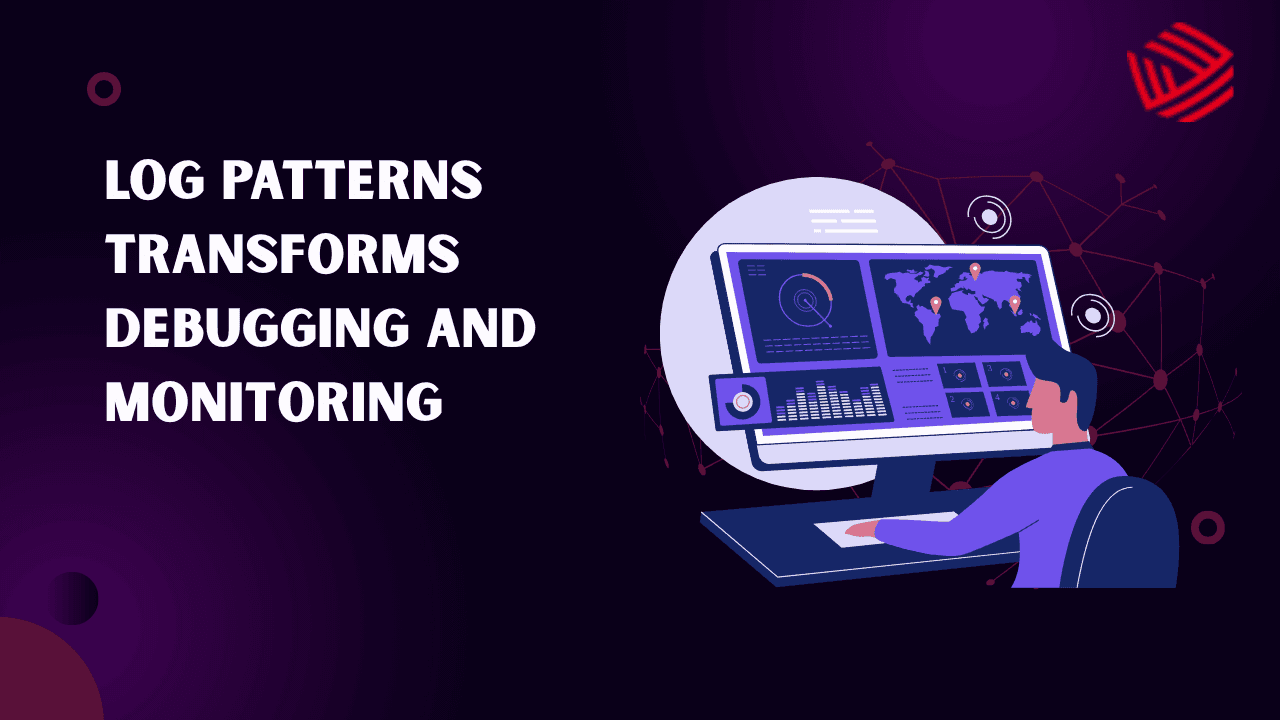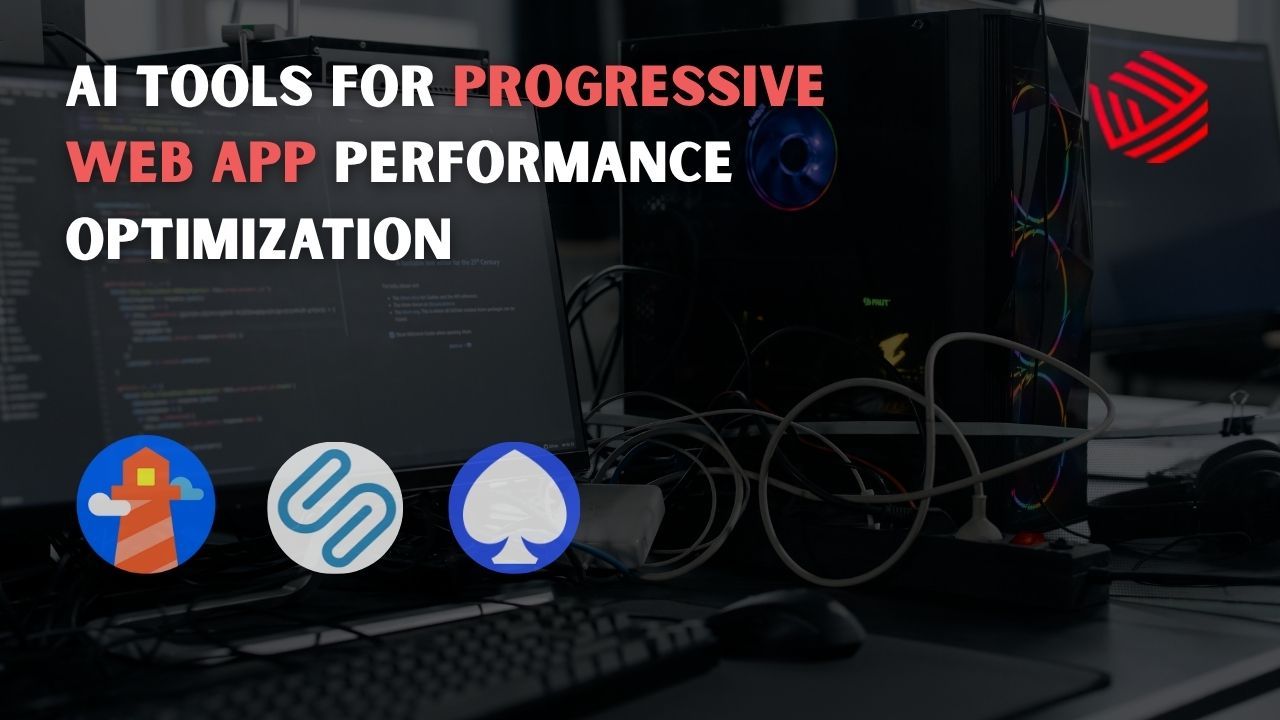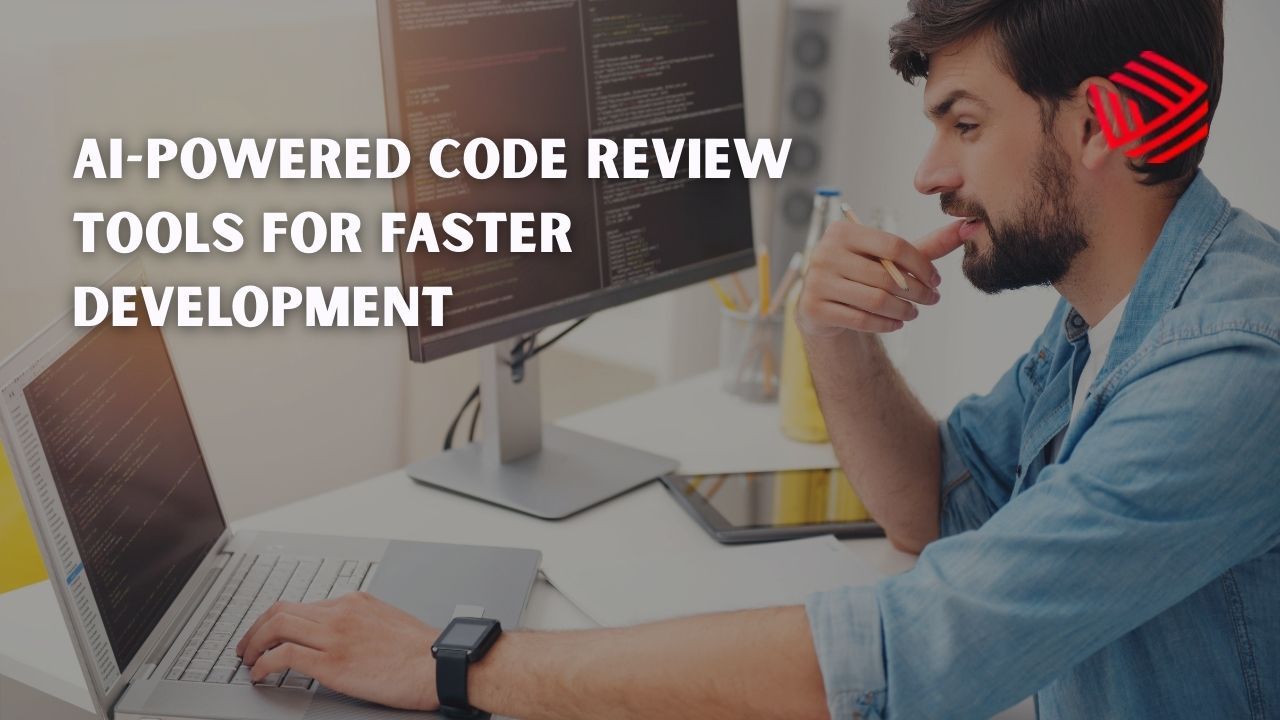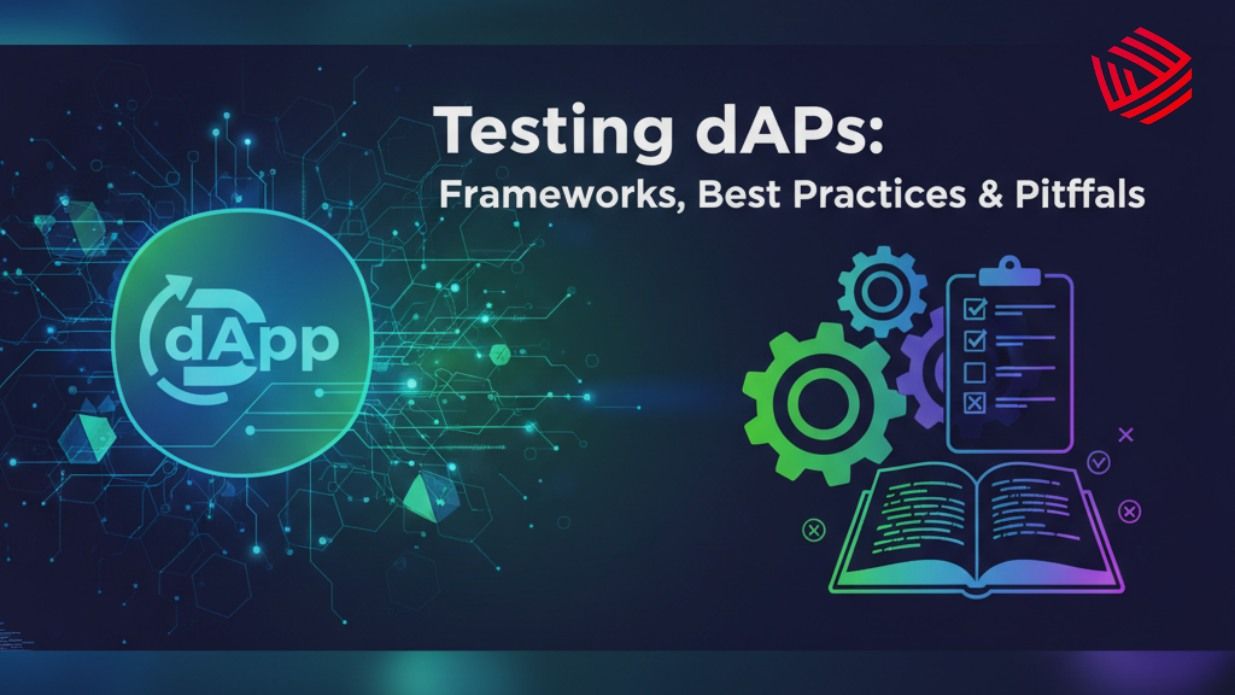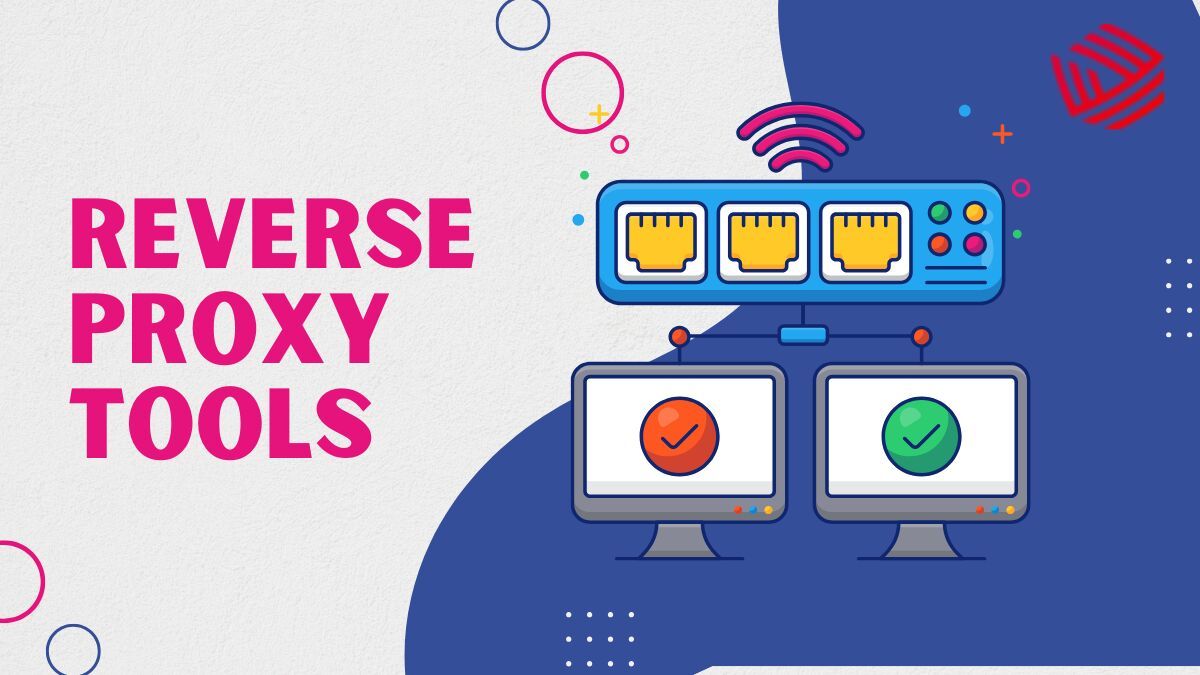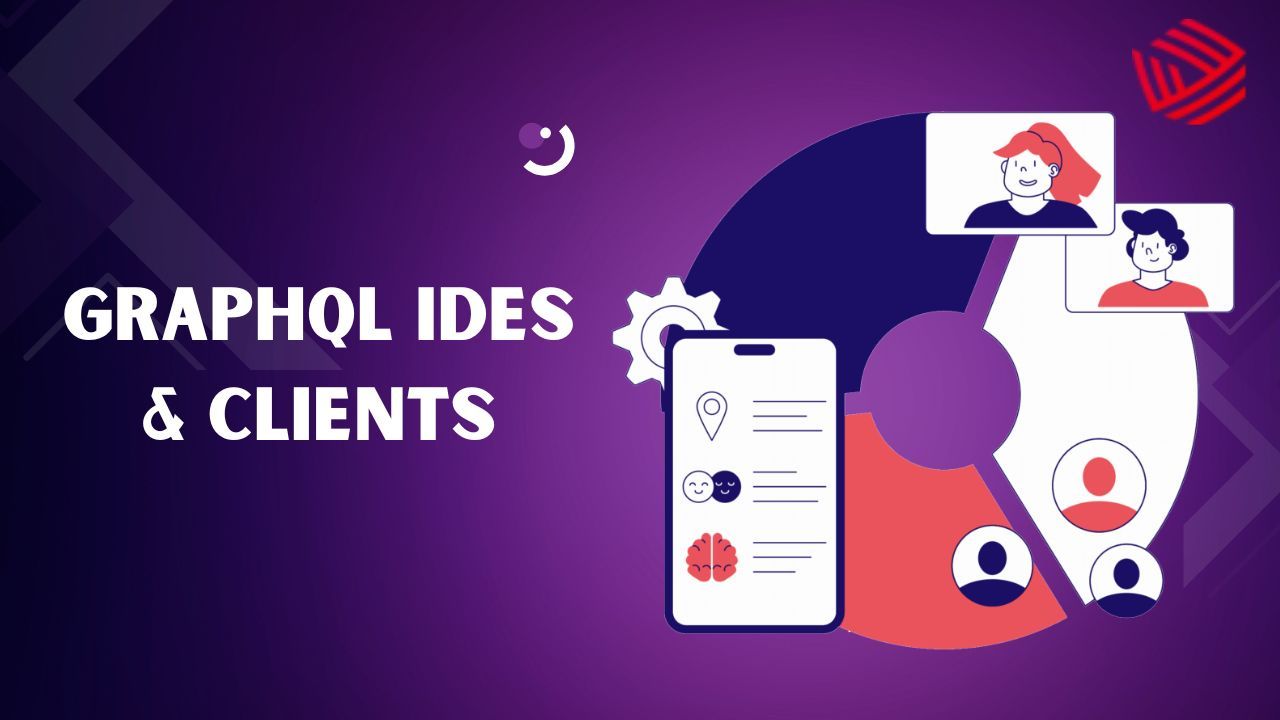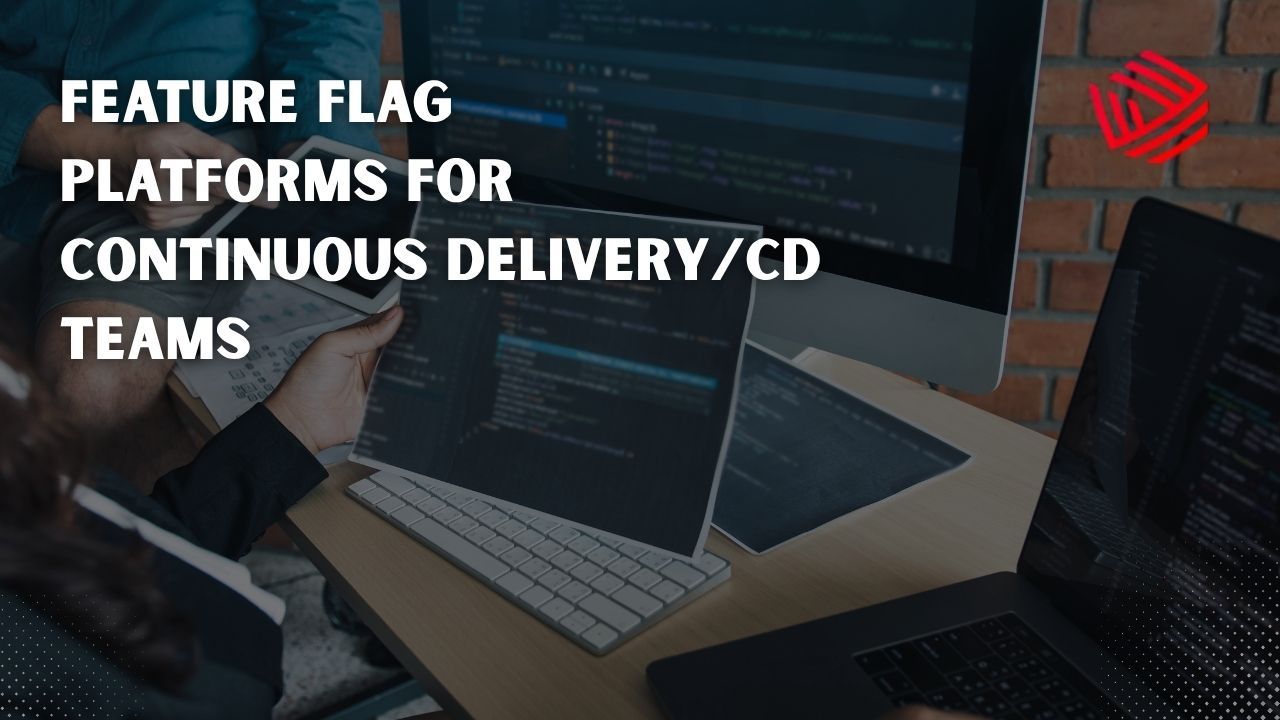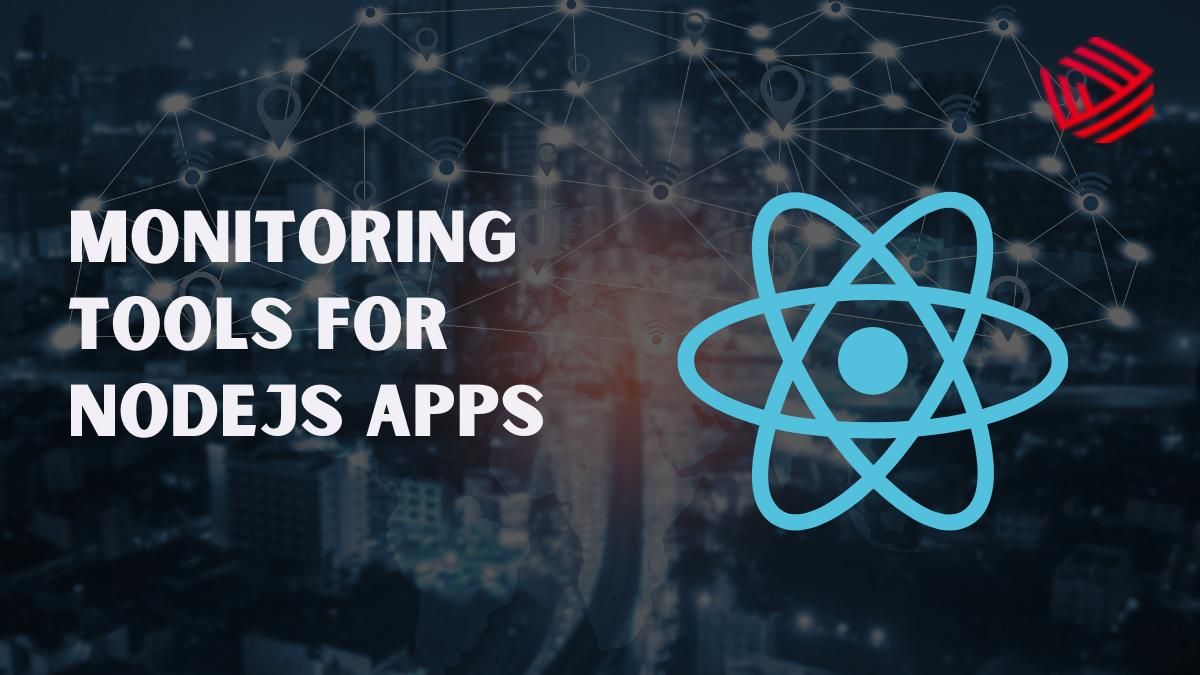App Store Optimization (ASO) is the process of improving the visibility and conversion rate of a mobile app in app stores—primarily the Apple App Store and Google Play Store. Similar to SEO (Search Engine Optimization) for websites, ASO focuses on optimizing key elements such as app title, keywords, description, screenshots, icon, and user ratings to ensure an app ranks higher in store search results.
Why is ASO Important?
- Increased Visibility: Most app downloads originate from a search in the app store.
- Higher Organic Downloads: Better visibility means more organic (free) downloads.
- Improved Conversion Rate: Optimized metadata and visuals improve install rates.
- Cost Reduction: Reduces dependency on paid ads by leveraging organic growth.
- Competitive Edge: Helps you outrank competitors and dominate niche keywords.
With millions of apps competing for user attention, leveraging the right ASO tools is crucial for app success. Let’s dive into the top 10 ASO tools that help developers, marketers, and businesses optimize their mobile app performance.
1. AppTweak

AppTweak is a user-friendly ASO tool trusted by brands like Amazon, Yelp, and PayPal. It provides real-time keyword suggestions, competitor analysis, and app performance insights.
Key Features:
- AI-based keyword research & tracking
- Competitive intelligence
- Metadata optimization tips
- Category rankings
- Creatives A/B testing insights
Best For:
Marketers and teams looking for data-rich keyword and competitor insights.
Pros:
- Clean, intuitive UI
- Multi-language support
- Integration with Apple Search Ads
Cons:
Some advanced features locked in higher-tier plans
2. Sensor Tower
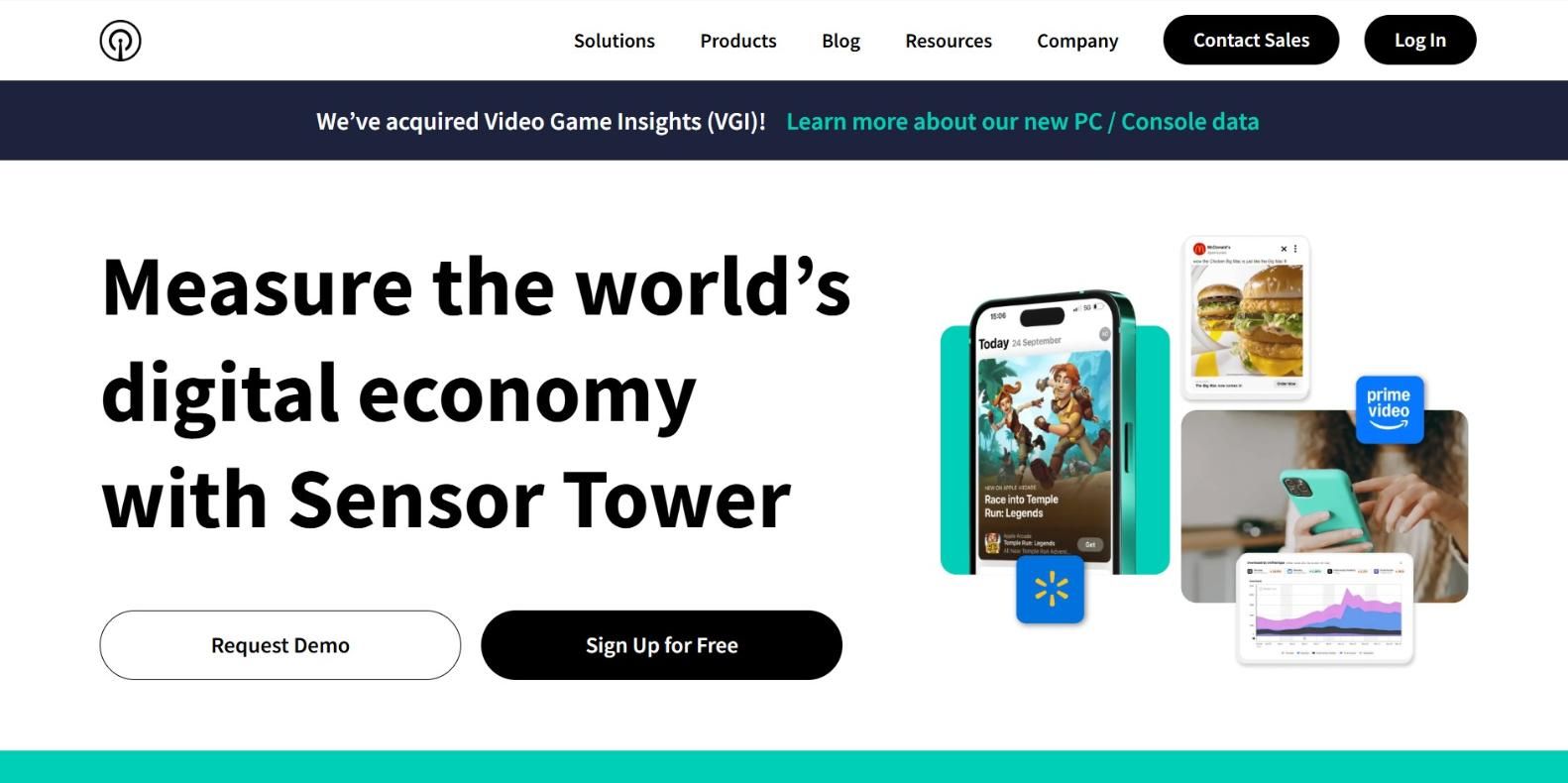
Sensor Tower is a comprehensive ASO and mobile intelligence platform ideal for enterprise-level marketing teams. It offers powerful analytics and competitive benchmarking tools.
Key Features:
- Keyword intelligence
- Store performance metrics
- Ad intelligence
- Usage data insights
- Global market analysis
Best For:
Enterprises and agencies tracking multiple apps and markets.
Pros:
- Reliable data at scale
- Strong competitor comparison tools
- Advertising trend tracking
Cons:
- Steeper learning curve
- Premium pricing
3. Mobile Action
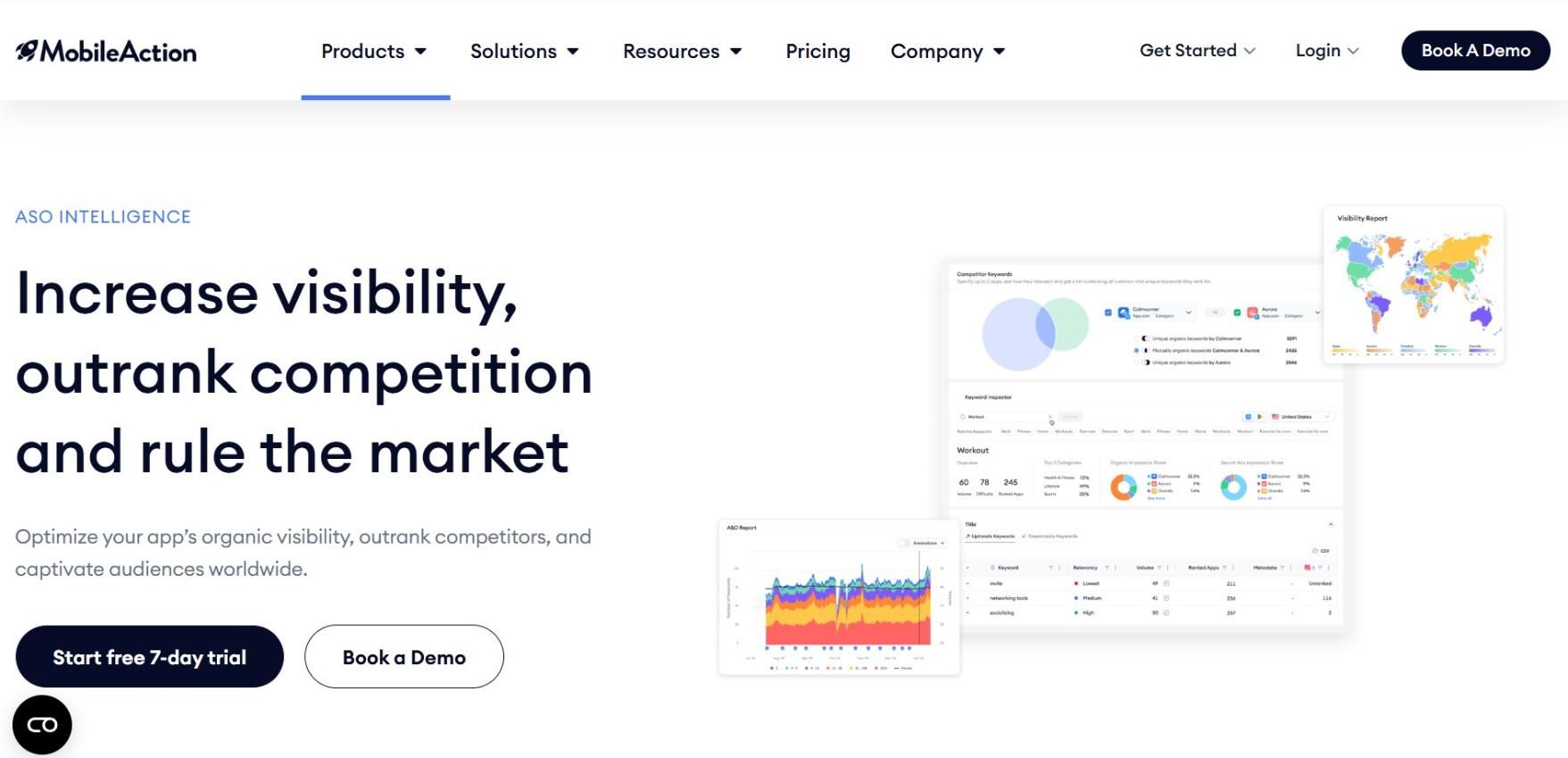
Mobile Action provides all-in-one ASO solutions with smart keyword suggestions and competitive market research. It’s popular for campaign tracking and keyword spying.
Key Features:
- Keyword tracking & suggestions
- Competitor keyword spying
- Search Ads intelligence
- Market trends
Best For:
Growth marketers needing ad and keyword integration.
Pros:
- Strong Apple Search Ads insights
- Good competitor benchmarking
- Global coverage
Cons:
- Basic UI for non-tech users
- Limited integrations outside of Apple/Google
4. App Annie (now Data.ai)

App Annie, now operating as Data.ai, combines ASO, analytics, and market intelligence into one powerful platform. It goes beyond ASO to offer business-critical app performance insights.
Key Features:
- Download and revenue estimates
- ASO and keyword tracking
- Competitive intelligence
- User engagement insights
Best For:
Enterprises tracking revenue and install trends globally.
Pros:
- Cross-platform performance visibility
- Strategic business insights
- App store benchmarks
Cons:
- Enterprise-focused pricing
- Less beginner-friendly
5. TheTool
TheTool is a performance-based ASO tool focusing on correlation between KPIs (downloads, ratings, reviews) and keyword rankings.
Key Features:
- ASO keyword tracking
- KPI vs keyword correlation
- App store visibility reports
- Localization and metadata analysis
Best For:
Teams optimizing conversion rates and user acquisition funnel.
Pros:
- Simple yet effective dashboards
- Great for ASO performance tracking
- Affordable for SMBs
Cons:
- Lacks deep competitive intelligence
- Fewer integrations
6. ASOdesk
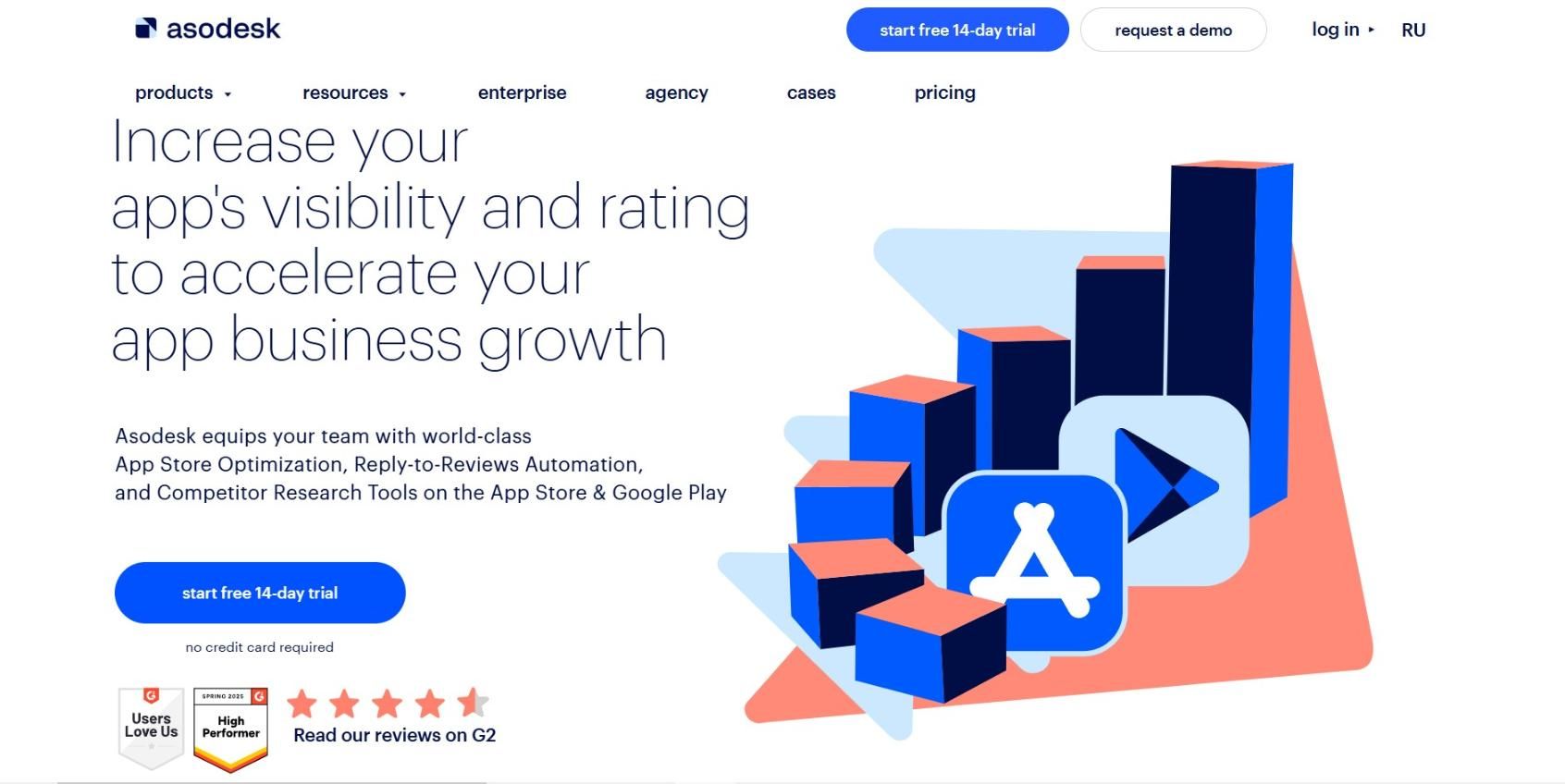
ASOdesk is an ASO and customer support tool that helps in keyword optimization and monitoring app reviews. It’s ideal for developers who want to streamline both ASO and customer management.
Key Features:
- Keyword research and suggestions
- Search traffic estimation
- Reply to reviews across stores
- Organic install analytics
Best For:
Indie developers and app support teams.
Pros:
- Unified dashboard for ASO and support
- Budget-friendly
- Smart suggestions for low-competition keywords
Cons:
- UI could be more modern
- Reporting can be basic
7. Storemaven
Storemaven focuses on A/B testing and optimizing app store creatives (screenshots, videos, icons). It’s known for increasing conversion rates through visual optimization.
Key Features:
- Creative A/B testing
- App page simulation
- Behavioral analytics
- Conversion rate optimization (CRO)
Best For:
App marketers focused on increasing install rates through design.
Pros:
- Data-driven UI/UX decision-making
- Highly detailed testing reports
- Real-user behavior insights
Cons:
- Does not focus on keywords or traffic
- Premium product with higher price tag
8. SplitMetrics

SplitMetrics is another A/B testing and conversion optimization platform for mobile apps. It provides pre-launch insights as well as post-launch performance metrics. Want to build scalable mobile UI experiments? Hire Flutter developers to accelerate your app’s visual testing and rollout.
Key Features:
- App store page A/B testing
- User acquisition funnel tracking
- Advanced targeting by geolocation and device
- Pre-launch app testing
Best For:
Growth teams launching or relaunching apps.
Pros:
- Great for product-market fit experiments
- App page behavior heatmaps
- Data-backed visual optimization
Cons:
- Requires volume traffic for testing
- Doesn’t handle keyword optimization
9. Keyword Tool for App Store & Google Play
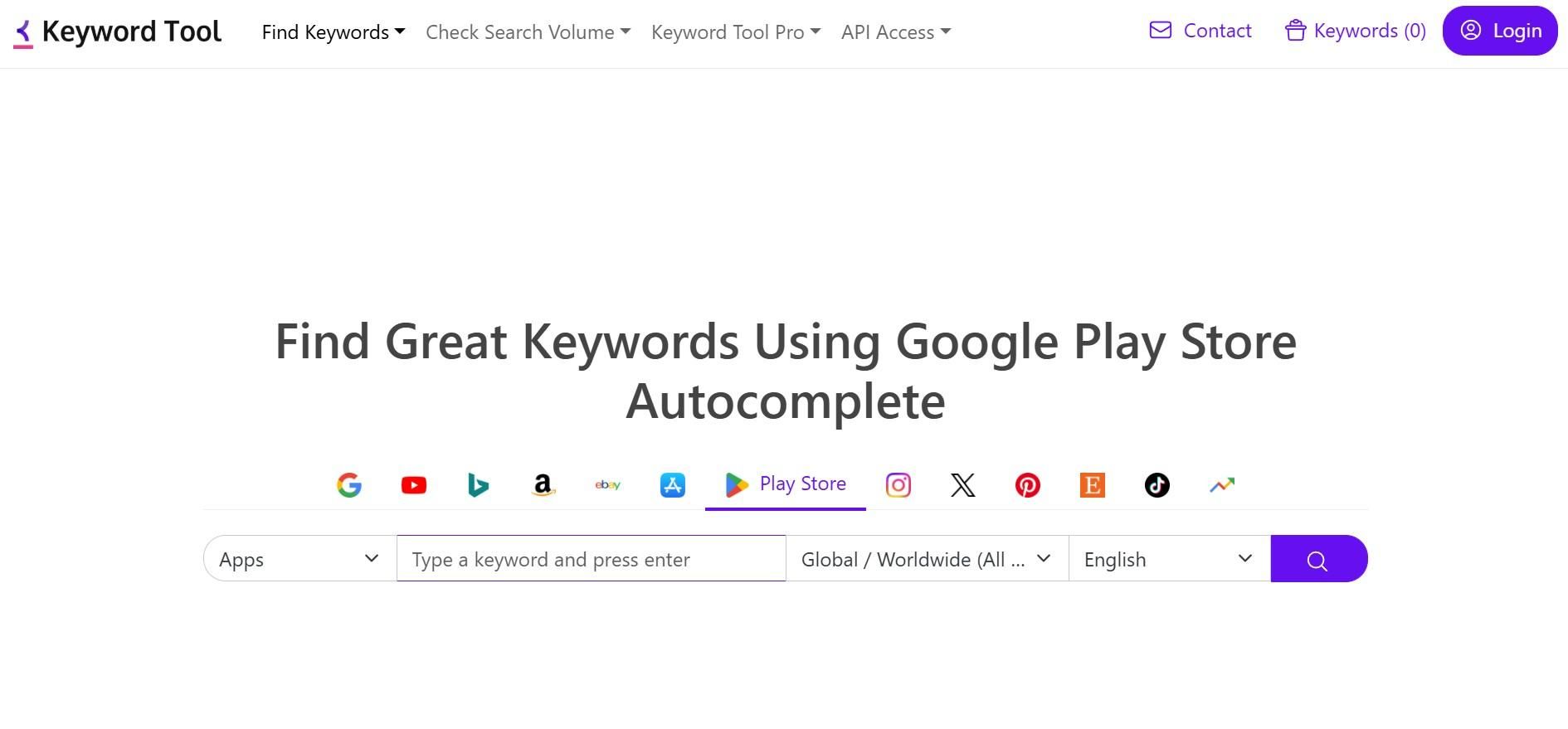
This keyword tool focuses specifically on app store keyword optimization using auto-suggest and user query data from Apple and Google Play. For Automate keyword, review, and rating insights—python developer hire to build custom analytics tools for ASO is one of the best option.
Key Features:
- Keyword suggestions based on app store autocomplete
- Volume estimation
- Localization support
- Competitor keyword tracking
Best For:
Beginners looking for quick and accurate keyword data.
Pros:
- Easy to use
- Language support for global ASO
- No login required
Cons:
- No performance tracking or analytics
- Only keyword-focused, not a full ASO suite
10. Gummicube
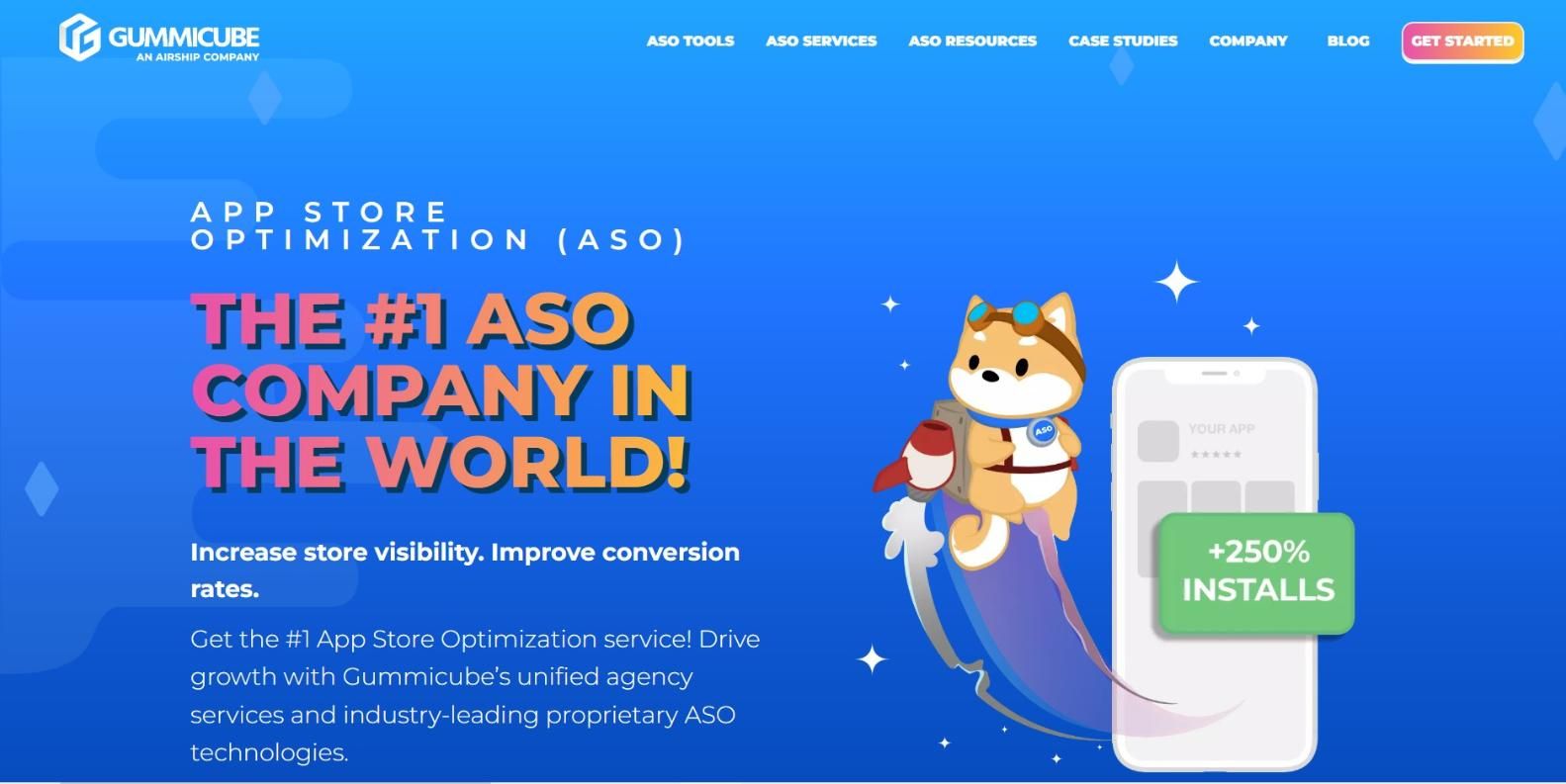
Gummicube is a full-service ASO agency offering enterprise-grade tools and services. It uses proprietary data to deliver high-quality optimization for app titles, descriptions, and creatives.
Key Features:
- DATACUBE™ ASO platform
- Real mobile search data (not web-based)
- Custom optimization strategies
- App store A/B testing
Best For:
Enterprises and large-scale publishers looking for ASO + consulting.
Pros:
- Tailored optimization campaigns
- Strong reputation in ASO consulting
- Accurate app store search data
Cons:
- Not suitable for DIY marketers
- Premium service with custom pricing
The Strategic Role of ASO in App Growth
The App Store and Google Play Store are flooded with millions of apps, and a user’s decision to download your app happens within seconds. ASO empowers you to influence that decision positively—without burning through ad budgets. Need ongoing app metadata tweaks or UX polishing? Hire software developer to continuously iterate your store presence.
The three primary benefits of ASO include:
- Organic Traffic Acquisition: Unlike paid ads, ASO brings consistent, high-intent users at zero cost per click.
- Better Retention Rates: Users who discover your app through search are more likely to be aligned with its purpose.
- Improved ROI on Paid Campaigns: A well-optimized app store page increases conversion rates for your performance marketing campaigns too.
This makes ASO a foundational piece of growth marketing, standing at the intersection of branding, UX, analytics, and content.
2. Comparative Analysis of the Top ASO Tools
While every ASO tool offers some degree of keyword analysis and competitor tracking, they vary significantly in depth, usability, pricing, and advanced features. Here’s how you can look at them based on your use case:
Beginners & Indie Developers
- ASOdesk and TheTool are ideal due to their cost-effectiveness and user-friendly dashboards.
- These tools help focus on core metrics like keyword rankings and downloads without overwhelming the user.
Marketers & Product Teams
- AppTweak and Mobile Action shine with intuitive UIs and a broad range of features like metadata analysis, Apple Search Ads insights, and localization support.
- They allow detailed tracking while remaining accessible to non-technical users.
Enterprises & Agencies
- Sensor Tower, App Annie (Data.ai), and Gummicube provide robust data, global tracking, and competitive insights at scale.
- These tools support multiple teams working across geographies with customizable reports and dashboards.
Creative & Conversion Optimization
- Storemaven and SplitMetrics are not keyword-centric but excel at creative testing (A/B testing of screenshots, videos, and app descriptions).
- They are best for increasing conversion rate (CVR) and retention, especially in saturated app categories.
Keyword-Only Lightweight Tools
Keyword Tool for App Store & Google Play is a niche solution focusing entirely on keyword suggestions and volume trends, suitable for fast ideation or preliminary research.
3. Emerging Trends in ASO and App Store Behavior
a. AI-Powered ASO
AI and machine learning are increasingly used in ASO tools to suggest keywords, automate metadata optimization, and predict trends. Platforms like AppTweak and Mobile Action are integrating AI for smarter, faster decisions.
b. Conversion Rate Optimization (CRO)
App Store pages are becoming mini landing pages. Optimizing screenshots, videos, icons, and user reviews is just as important as keyword strategy.
c. App Store Personalization
Google Play and Apple App Store now offer personalized app rankings. This means ASO strategies need to adapt to user behavior, location, and device history.
d. Voice Search Optimization
With smart assistants like Siri and Google Assistant growing in popularity, voice-based app search optimization is the next frontier. Scaling personalized app experiences? Hire AWS developers to deploy flexible APIs and storage for tailored discovery.
e. Privacy & IDFA Changes
Apple’s App Tracking Transparency (ATT) and Google’s Privacy Sandbox are reshaping how installs are tracked. ASO now plays a larger role in performance attribution and organic growth as paid data becomes more restricted.
4. Building a Future-Ready ASO Strategy
To stay ahead in the evolving ASO landscape, businesses must move beyond reactive optimization and adopt proactive, continuous strategies. Here’s a strategic blueprint:
Step 1: Define KPIs
Your ASO objectives could be downloads, retention, in-app purchases, or lifetime value. Choose tools that align with those goals.
Step 2: Implement Keyword Lifecycle
- Use tools like AppTweak or Sensor Tower to discover, test, and track keywords over time.
- Don’t just chase volume—balance it with competition and relevance.
Step 3: Optimize Creatives Continuously
- Use Storemaven or SplitMetrics to run A/B tests on visuals and descriptions.
- Update them based on app version, seasonality, or feature updates.
Step 4: Localize Strategically
Localizing your app for different markets can increase downloads by over 200%. Use tools like Mobile Action or ASOdesk to identify high-performing locales.
Step 5: Integrate ASO with Paid UA
ASO is not separate from your performance marketing. A well-optimized app page improves the conversion rate of users coming from paid ads. To manage end‑to‑end tracking, hire full stack engineer who can connect front‑end creatives with your server‑side insights.
Step 6: Monitor Reviews and Ratings
Use ASOdesk or App Annie to track and respond to user feedback, which significantly impacts your app’s reputation and rankings.
5. Final Recommendations by Business Type
For Startups & Indie Developers:
You don’t need an expensive suite. Start with ASOdesk, TheTool, or Keyword Tool, and focus on 10–20 keywords. Once your install base grows, layer in visuals and user feedback optimization.
For SaaS or App-Based Businesses:
Invest in platforms like AppTweak or Mobile Action that integrate paid UA, localization, and metadata optimization. They help bridge organic and paid growth for better ROI.
For Game Studios:
Games require aggressive CRO and creatives testing. Tools like Storemaven or SplitMetrics are essential. Combine them with Sensor Tower for competitor insights.
For Agencies & Consultants:
You need multi-client dashboards, cross-platform intelligence, and granular reporting. App Annie, Sensor Tower, and Gummicube are ideal, especially for managing clients across categories and geographies.
Final Thoughts
The mobile ecosystem is increasingly complex. From fragmented user journeys to shifting privacy laws and AI-powered app discovery, staying relevant means staying optimized. Ensure your updates roll out seamlessly — devops engineer can automate CI/CD and deployment for rapid version testing.
ASO is more than a marketing function—it’s a growth enabler. The right ASO tools turn guesswork into science, and potential into performance. They help you understand your market, improve your app, and outperform your competitors. Whether you choose a tool for its keyword intelligence, creative optimization, or enterprise analytics, the most important thing is to take action. Test consistently, analyze ruthlessly, and iterate frequently.

